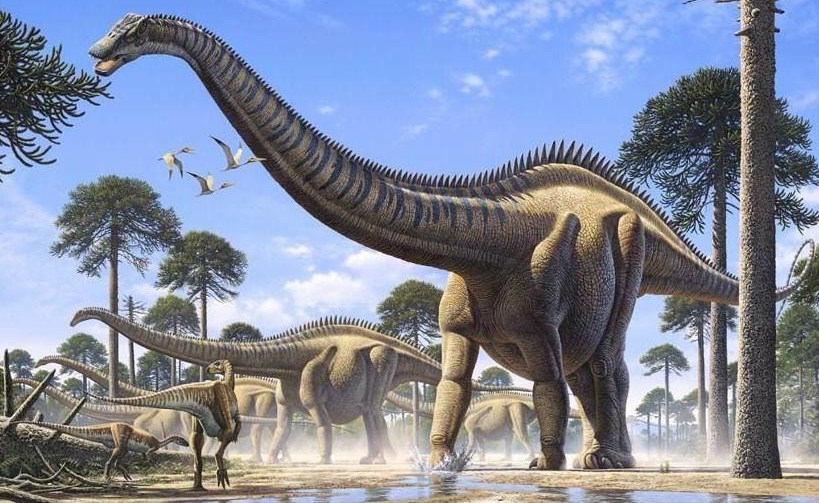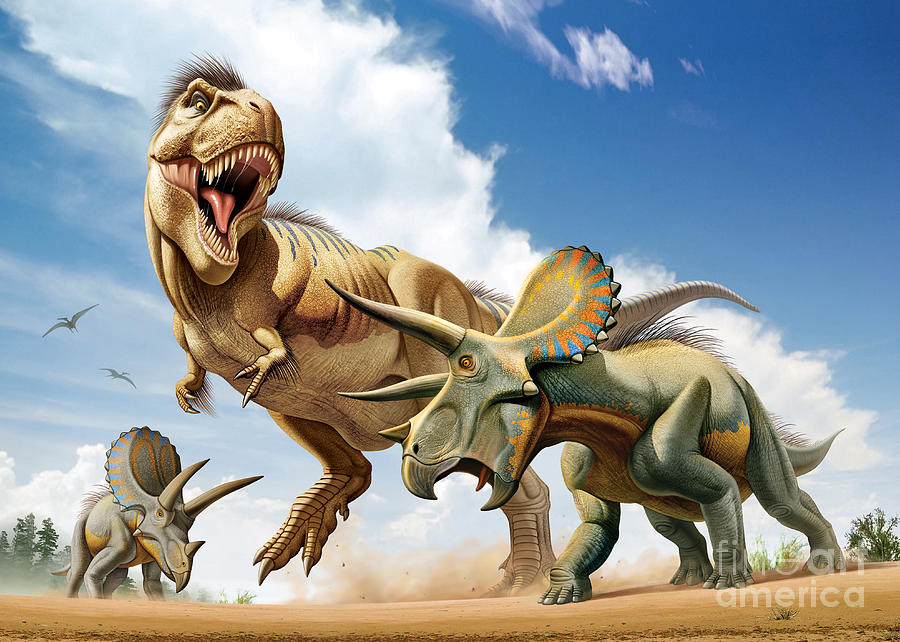Post by Admin on Jan 23, 2015 9:39:47 GMT

Seismosaurus
*aside from the name and statistics, the behavior is generally the same for most sauropods*
Pronunciation: Size - Ma - SAW-rus
Description: giant long necked, whip-tailed herbivore
Order: saurischian
Name means: "Earth Shaker"
Nicknamed: "Whip-Tail"
Period: Late Jurassic, 156-145 MYA
Location: North America
Height: 18 feet
Length: 130 - 170 feet
Weight:30 tons (over 60,000 lbs!)
Instincts
+ Eat
+ Be wary of predators.
+ Be wary of water.
+ Stay with the herd
+ Use whip-tail for protection
+ Young - stay hidden or risk being eaten
+ young - be wary of shadows
+ Be social. Form herds or join herds!
+ Reproduce and get genes to the next generation
Verbal Communication
Snorts - Annoyance
trilling - greeting, call, content, surprise
singing - mating call
roars - call of alarm, challenge to rival
grunt - Caution and nervousness
Nonverbal Communication
-stomping: frustration, anger, warning, impatience
- mock-charge: about to charge, intimidation, warning
- tail rushing back and forth: about to attack/defend self
Sociability
Seismosaurus along with many of its long necked cousin and kin; often travel in large herds. Such herds traveled together from place to place, looking for food. When the food supply was depleted, they left to migrate and find another food source. They where social creatures who stayed together in numbers for safety.
The herd may be led by a dominant female; usually the oldest in the herd. One or more unrelated males will stay with the herd in order to establish further protection and to get their genes to the next generation. Each gender mingles with one another in the herd with little to no issue. It is the dominant female whom leads the herd.
Diet
They eat whatever tall plants of vegetation that they could find. Obviously though their necks could reach some low lying places as well. However lowering the neck too much is risky. Eating is all they know how to do from the time they're born. The brain mindset is GET BIG. NOW. EAT.
Breeding
Seismosaurus also grew fairly fast and big. However, due to the longevity of their lives; as they where estimated to live for over 100 years. It's likely they came into the reproduction game at 10 - 15 years old. Perhaps even younger, depending on how well they grew and how good their food supply was. For them breeding is simple; the herd's males will battle to impress the females. The strongest bull often gets his choice of females in which to mate with. Once each breeding season do these giants breed, and the breeding season is a time of high aggression.
Nesting
After mating and when the time is right, the females follow their biological urges to find the safest place, some go back to their original birthing grounds, some do not. They simply choose a nice forested, open area so that they could lay their eggs. Doing so would take all concentration and therefore be risky; much like turtles and crocs do; they go into trance like states.
The females lay their eggs and cover them to the best of their ability, and then move on. Back to their herds they go. A lay 'em and leave 'em parent. Infants when they hatch, are left to their own devices and instincts to guide them.
Extras:
Titanosaurs
Sauropods

